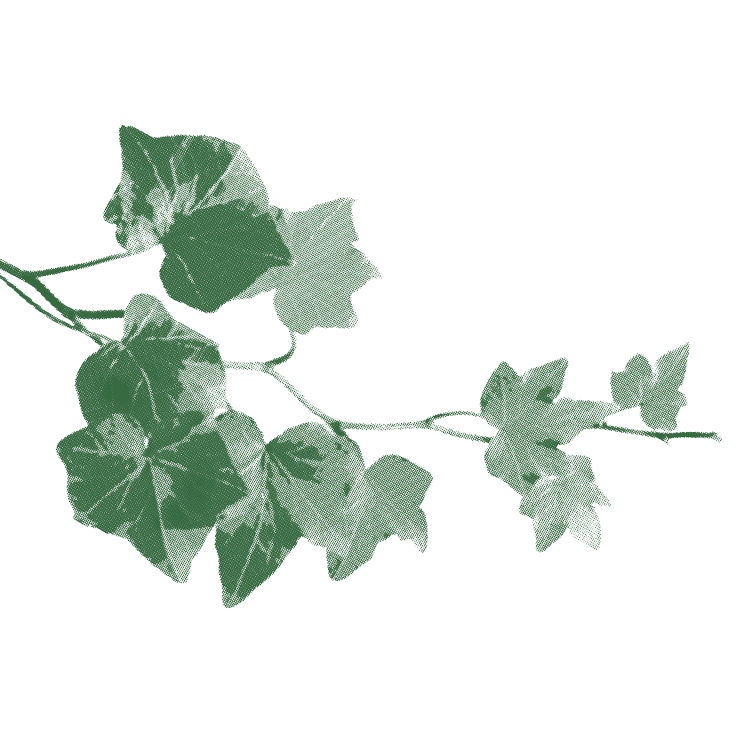Women & HIV in Ontario
The most recent data from 2022 shows that 165 women tested positive for HIV, accounting for 26.9% of new HIV diagnoses.
The Facts
There are approximately 20,855 people living with HIV in Ontario.
The number of people living with HIV in Ontario has increased over the past decade. This is the result of improved HIV treatment, extended life expectancy, migration of people into Ontario, as well as new diagnoses.
Limitations in the Data
Data collected during HIV testing has historically excluded Trans people, as well as Two-Spirit and Non-Binary people. Starting in 2018 the data collection form was changed, and slowly the inclusion of these communities has improved. More work is needed to ensure data reflects the identities of those in our communities.
In addition, epidemiological trends were skewed during the COVID-19 pandemic, impacting the data during these years.
OHESI: Snapshot of HIV Diagnoses and the HIV Care Cascade among women in Ontario (2022)
WHAI & Gender Inclusion
WHAI seeks to be informed by and amplify the experiences of those who face structural discrimination and exclusion, impacting HIV risk and the health outcomes of those living with HIV. As such, our work focuses on engagement with cis and Trans women, Two-Spirit and Non-Binary people who are living with HIV, African, Caribbean and Black (ACB), Indigenous, or newcomers, who use drugs or substances, have experiences with violence and/or have been/are incarcerated. Within these communities, our work includes those who are pregnant or parenting, living with different abilities, and span from young adults to seniors.
Throughout our work, we seek to remember the importance of prioritising and centring communities of women who face disproportionate structural risk factors related to HIV, as well as being a reminder that gender is not binary, and the importance of thoughtfulness towards inclusivity for Trans, Two-Spirit, and Non-Binary people in WHAI work. In our work, we capitalise identities, except “cis.” This is to remind us of the privilege and space afforded cis people, and to support the amplification of identities outside gender-binary constructions.
Populations Most Impacted
Social and structural determinants of health significantly impact the lives of individuals and communities, putting some people at higher systemic risk for HIV than others.1, 2 WHAI is working to address these inequalities in our work.
1. World Health Organization. Social determinants of health [Internet]. Geneva: World Health Organization; n.d.
2. Solar O, Irwin A. A conceptual framework for action on the social determinants of health. Social Determinants of Health Discussion Paper 2 (Policy and Practice). Geneva: World Health Organization; 2010.
Populations Most Impacted By The Numbers
In 2022, 33.7% of women diagnosed with HIV for the first time were Black.1
In 2022, 7.2% of women diagnosed with HIV for the first time were Indigenous.1
Trans women are 10 times more likely to report having been diagnosed with HIV than Ontarians overall.2
15.6% of women diagnosed for the first time in 2022 were attributed to injection drug use.1
12% of women living with HIV experienced some form of intimate partner violence in the past year, according to a 2022 Cohort Study.3
Almost 10% of women living with HIV in the OHTN Cohort Study have experienced incarceration.3
References
1 Trends in HIV testing, diagnoses and the care cascade in Ontario in 2022 - OHESI
2 WHAI & OHESI: Women & HIV in Ontario (2020)
3 OHTN OCS Cohort Study. (2022). Unpublished report
Community Voices
Our work is always informed by the lived experiences of women.


“Women don’t know what help is available and bridges are needed to connect more women to resources.”
More About HIV
HIV Prevention
HIV prevention has the power to eliminate HIV. In order for prevention to work, strategies must take into account women’s life circumstances.
HIV Testing
HIV testing can help women feel empowered to take control of their health. Recently, Ontarians have more options for how they can test, including HIV Self-Testing.
HIV Treatment & Care For Women
With thoughtful, wholistic and inclusive treatment, HIV is a chronic and manageable disease.
HIV, Pregnancy & Parenting
Today, with advances in HIV treatment and care, people living with HIV in Canada can have healthy, HIV-negative babies.
Find Helpful Resources
WHAI resources are designed to help you learn more about women and HIV, become a more informed ally, or take action in your community.




